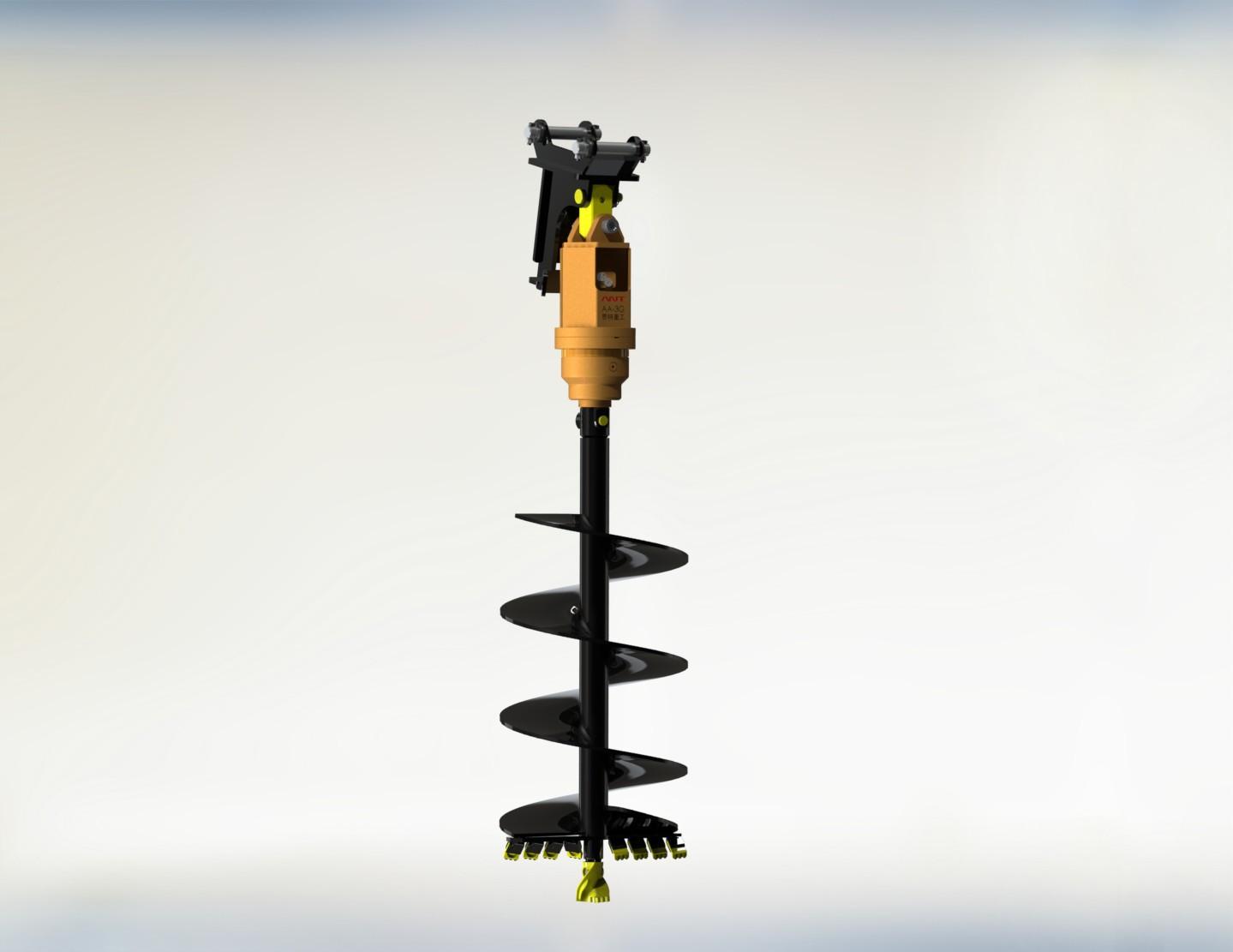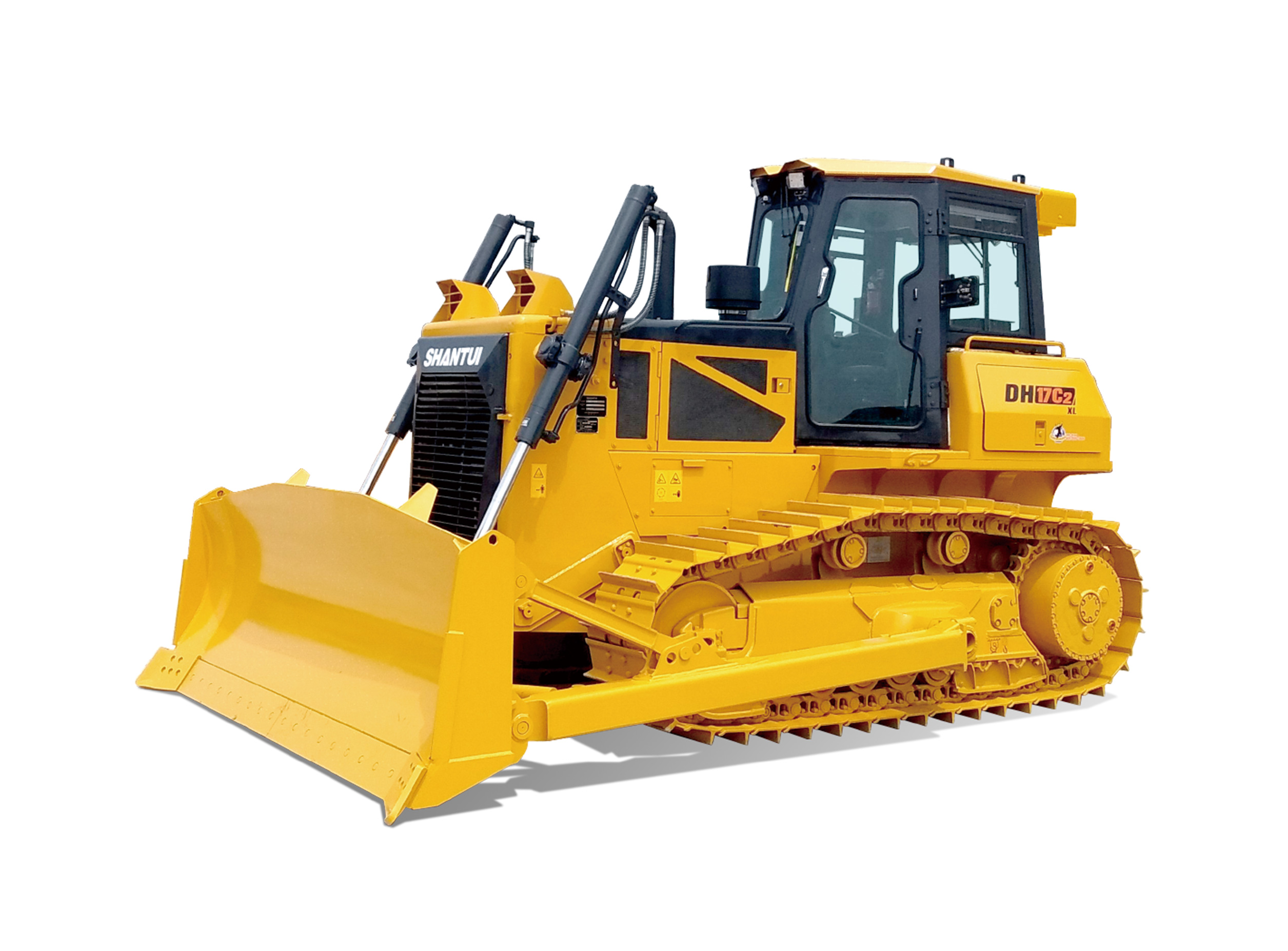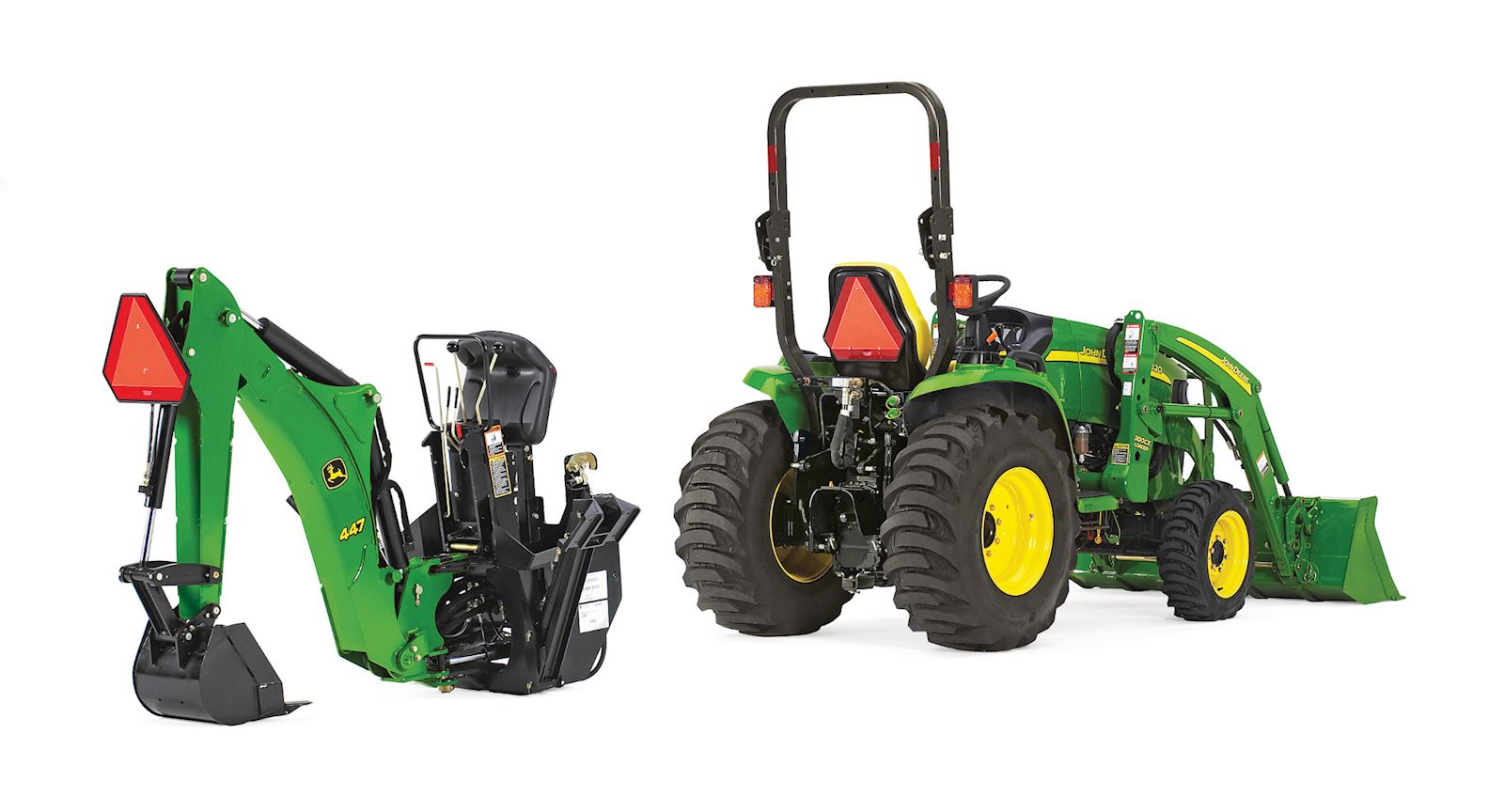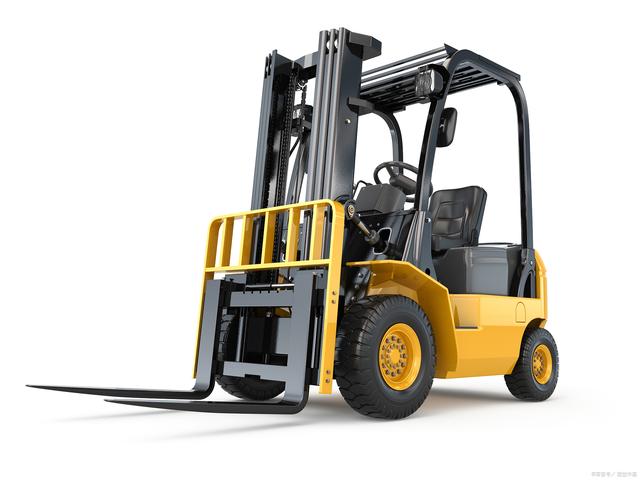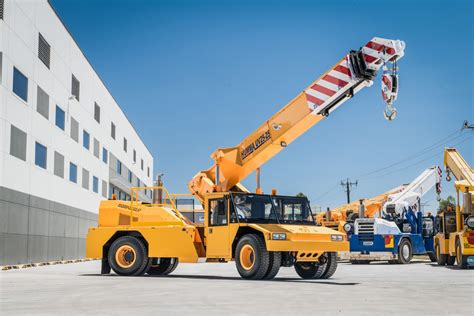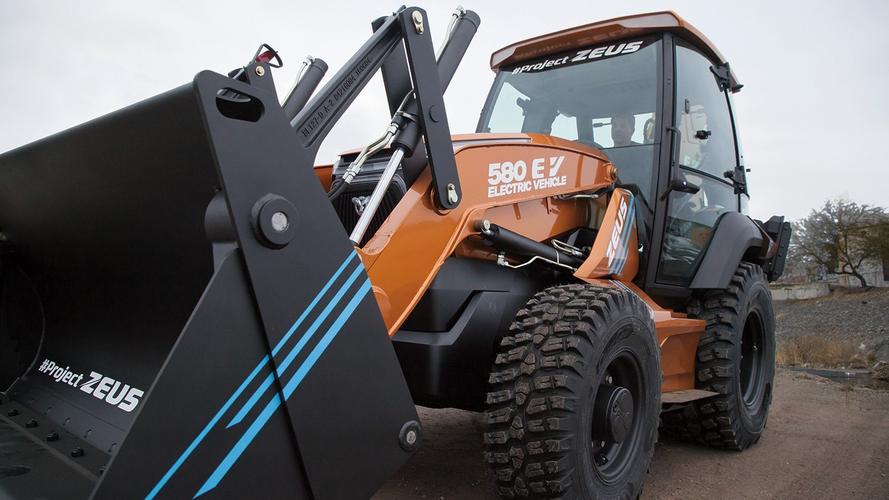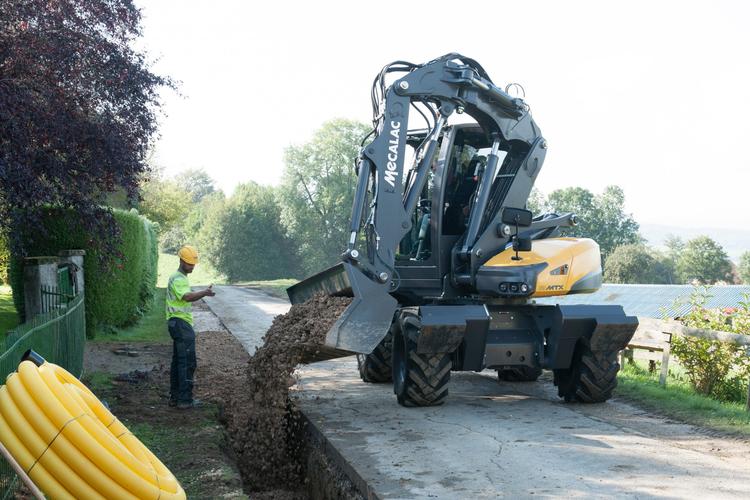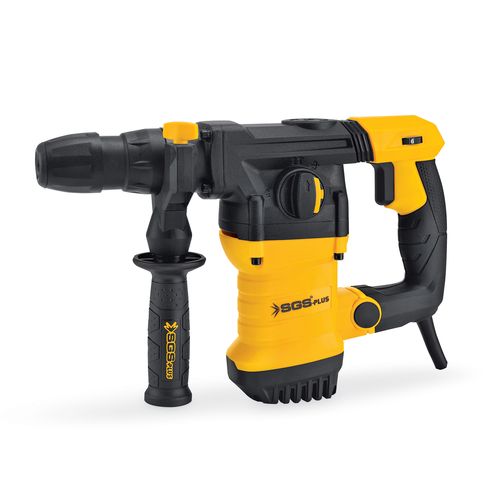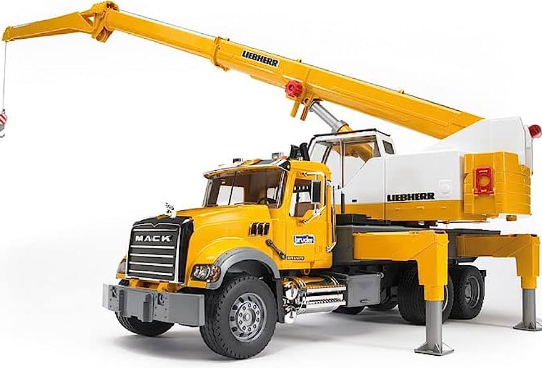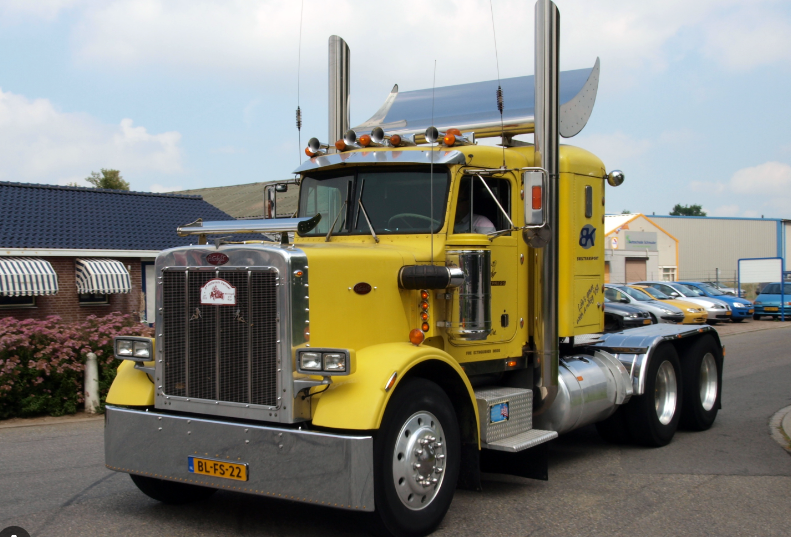Excavators are one of the most common pieces of heavy equipment used on construction sites. They are versatile and can perform a variety of tasks, from digging trenches and foundations to demolishing buildings. But one question that often comes up is: How much can an excavator lift? In this article, we will explore the factors that determine the lifting capacity of an excavator and provide some examples of how much weight these machines can handle.
Factors that Affect Lifting Capacity
Before we look at specific examples, it's important to understand the factors that determine how much weight an excavator can lift. These include:
- Size and weight of the excavator
- Length and strength of the boom and arm
- Type and capacity of the bucket or attachment
- Hydraulic capacity and pressure
- Ground conditions and stability
All of these factors work together to determine the maximum weight an excavator can lift safely and efficiently. Let's take a closer look at each of these elements.
Size and Weight of the Excavator
The size and weight of an excavator are important factors in determining its lifting capacity. Generally speaking, larger excavators have greater lifting capacity than smaller ones. This is because larger excavators have stronger engines, sturdier structures, and more powerful hydraulics. However, there is a trade-off between size and maneuverability; larger excavators may not be practical for smaller construction sites or tight spaces.
Length and Strength of the Boom and Arm
The boom and arm are the two main components of an excavator that lift and move heavy objects. The length and strength of these components are critical in determining lifting capacity. Longer booms and arms can reach farther but may not be as strong, while shorter booms and arms are sturdier but have less range. Excavators with longer booms and arms are often used for high-reach demolition or picking up materials from a distance.
Type and Capacity of the Bucket or Attachment
The type of bucket or attachment used on an excavator can also affect its lifting capacity. Buckets come in different shapes and sizes and have various lifting capacities, depending on their design and construction. Other attachments, such as grapples, rippers, and hammers, also have their own lifting capacities. It's important to choose the right bucket or attachment for the job at hand to ensure maximum efficiency and safety.
Hydraulic Capacity and Pressure
The hydraulic system of an excavator is what powers the boom, arm, and bucket or attachment. The hydraulic capacity and pressure of the system determine the speed and force with which these components can move. Excavators with high hydraulic capacity and pressure can lift heavier objects more quickly and smoothly than those with lower hydraulic capabilities.
Ground Conditions and Stability
Finally, the ground conditions and stability of the excavator are crucial factors in determining lifting capacity. Excavators must be placed on sturdy, level ground and be properly stabilized to prevent tipping or other accidents. Soft soils or unstable ground can reduce the maximum lifting capacity of an excavator and make it unsafe to use.
Examples of Excavator Lift Capacities
So, how much weight can an excavator lift? The answer depends on many factors, as we've seen. Here are a few examples of typical excavator lifting capacities:
- A small excavator with a maximum digging depth of 10 feet and a maximum lifting capacity of 1,000 pounds
- A mid-size excavator with a maximum digging depth of 20 feet and a maximum lifting capacity of 5,000 pounds
- A large excavator with a maximum digging depth of 30 feet and a maximum lifting capacity of 10,000 pounds
These are just a few examples, of course. The lifting capacity of an excavator can vary widely depending on the specific model and configuration.
Conclusion
In conclusion, the lifting capacity of an excavator is determined by a variety of factors, including size and weight, boom and arm length and strength, bucket or attachment type and capacity, hydraulic capacity and pressure, and ground conditions and stability. By understanding these factors and choosing the right excavator for the job, construction professionals can ensure maximum efficiency and safety on the job site.

